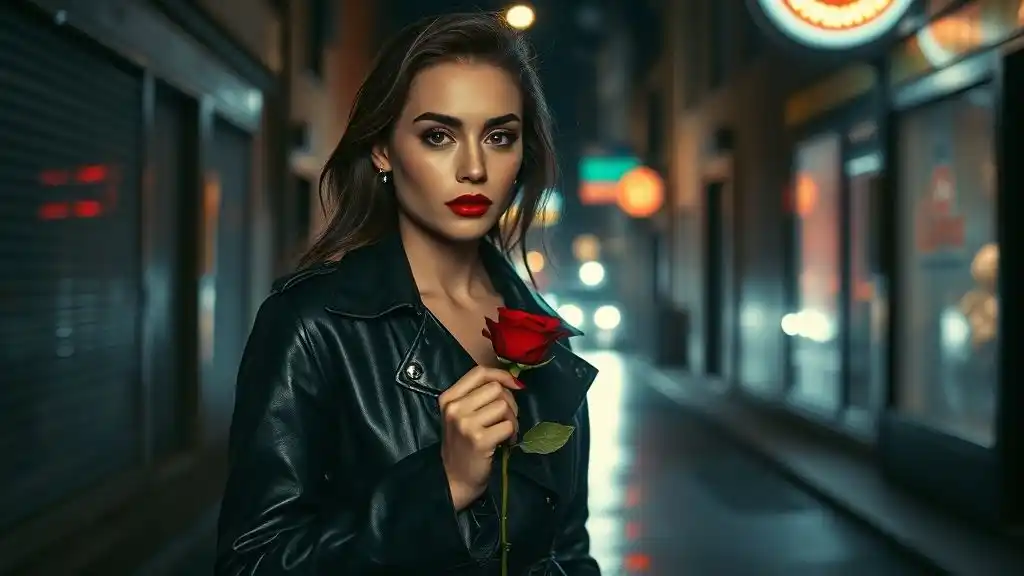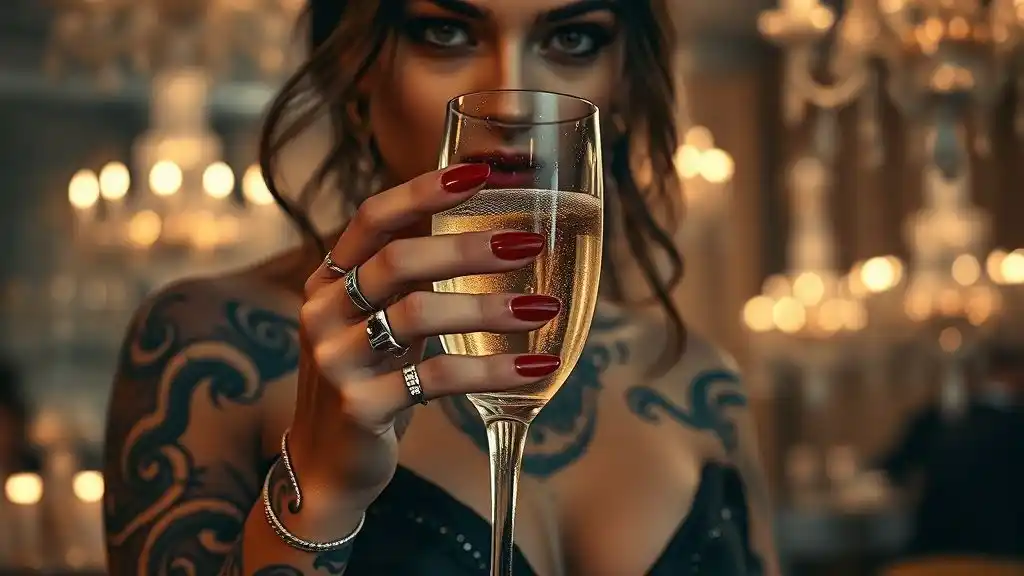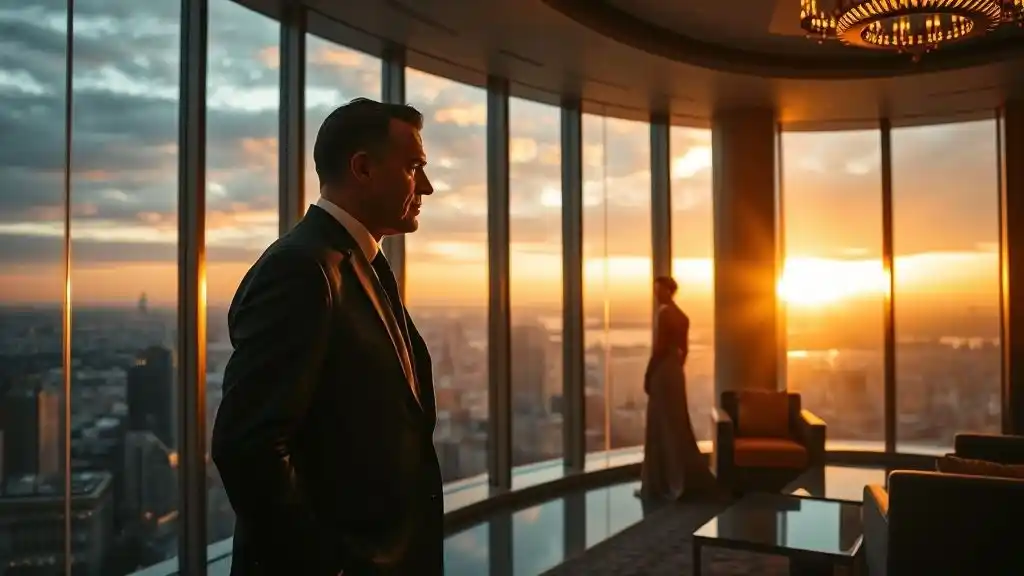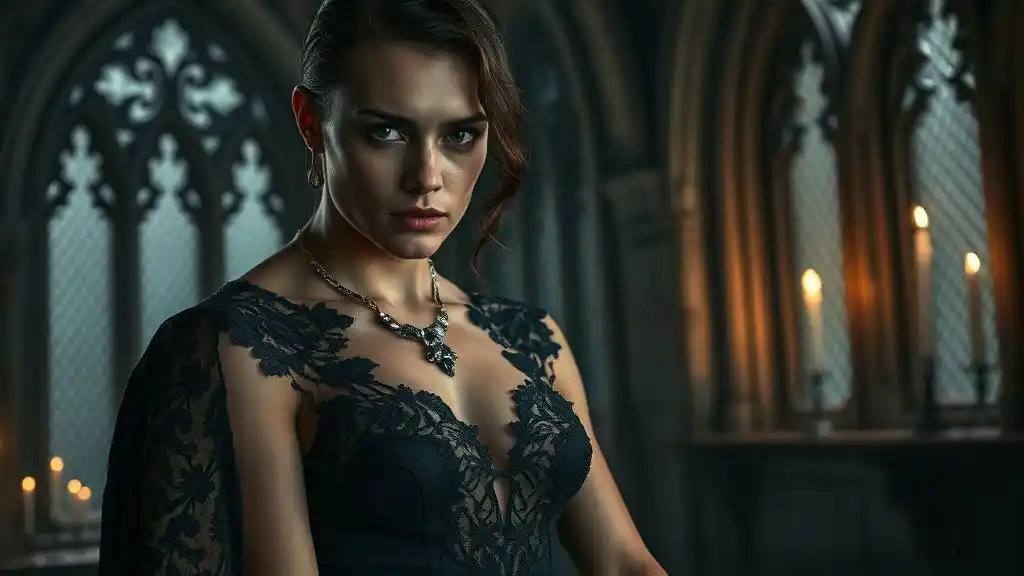
rise of villain love is officially here — and if you think we’re ashamed about it? Babe, think again. Picture this: gentle girls in baby tees obsessing over fictional mafia lords, college students falling for ice-cold CEOs with trauma, and TikTok feeds drowning in edits that scream “he could kill me, and I’d thank him.” Gen-Z women are not running from red flags anymore… we’re collecting them like Pokémon cards. Grab your lip gloss — the rise of villain love is not just a phase, it’s a cultural moment.
The “Bad Boyfriend” Is Back (rise of villain love explained)
We swore we were done with heartbreak. We journaled, healed, therapied. So why are we now fantasizing about morally ambiguous men again? Answer: rise of villain love. Unlike the classic “toxic ex” trope, this 2025 version paints villains with nuance: they’re broken, hot, powerful, emotionally constipated just enough to let you be the exception. Books like Accomplice to the Villain and dark-romance BookTok hits are exploding because audiences want danger + devotion — not wholesome perfection. We went from “green flags only” to “red flags, but make it cinematic.”

From Mafia Fantasy to Mainstream Love (rise of villain love & media)
Once taboo, darker love interests are having their sweet revenge. Streaming services are betting big on villain-centric romance (think cursed princes, bloodthirsty generals, grumpy billionaires who buy you entire islands “because you amused me”). Pinterest boards titled “my morally gray boyfriend” are up +371%, and #VillainBF has clocked over 2.1M TikTok views. Why? Because Gen-Z is tired of flawless nice-guy love — we want a story. Something chaotic. Something that feels like we burned for it. The rise of villain love delivers high-drama intimacy we were told to avoid… yet crave deeply.
Why Nice Guys Are Losing the Race (rise of villain love truths)
- Redemption makes us feel powerful — being the girl who “changes him” hits the ego in places therapy never could.
- Fantasy gives us control — indulging in dark romance lets us flirt with chaos without actual consequences.
As the rise of villain love spreads, psychologists call it “curated chaos” — where young daters want mess but only in emotionally “safe-dangerous” spaces (books, films, kept relationships). The heart says yes as long as real-life safety levels are secured.
The Villain Aesthetic Takeover: How Dark Romance and Fashion Are Redefining Modern Culture
If you think this is just about dating, nope — wardrobes are changing, too.
- Leather trench coats & blood-red lips
- Snake tattoos, silver jewelry, dark academia bookshelves
- “Accidentally fell for my enemy” merch
Fashion brand search terms like “villain girlfriend outfit” are spiking, and TikTok’s “what I’d wear to seduce a mafia prince” series has 16M+ plays. The rise of villain love is birthing an entire look: femme fatale meets vulnerable fairy. We’re not dressing for the male gaze — we’re preparing for our fanfiction arcs.

But Is Villain Love… “Toxic”? (Rise of villain love vs real-life limits)
Look — obsession, emotional whiplash, jealousy games… in real life, that’s therapy-worthy. But the genius of the rise of the villain love trend is that many girls fully understand it’s fantasy coded. Just like we watch horror movies to feel fear safely, we consume dark romance to flirt with danger while still clutching our iced lattes. The trick is knowing when to end the chapter vs. when to block his number forever.
The Rise of Real Villain Love: Why We Can’t Quit the worst Bad Guy Energy
So here’s the hard pill nobody wants to swallow: we’re not accidentally falling for toxic men — we are choosing them on purpose. The rise of villain love is less about love… and more about the thrill of self-destruction dressed up as a storyline we can post on IG. The worse he is, the more explosive the plot. And make no mistake — in 2025, romance is a plot, not a partnership.
Who Started This Madness? (The Real Root of the Rise of Villain Love)
Was it TikTok girlies making POV edits: “when he says he’s emotionally unavailable and you’re like: challenge accepted”?
The rise of villain love started the second pop culture began rewarding pain with social currency. Cry online → go viral → become iconic. Being heartbroken by a good man doesn’t get you clout — but being wrecked by a sexy villain? That’s meme heaven.
Why We Secretly Crave the Bad Boyfriend Experience (Don’t Lie)
The psychology behind the rise of villain love comes down to one thing: validation-through-chaos. The moment he ignores us… We spiral. The moment he comes back… we feel chosen. It’s a dopamine rollercoaster.
- He ghosts? You screenshot.
- He love bombs? You melt.
- He disappears again? You spiral-scroll through tarot TikToks at 3 AM looking for “does he miss me too?”
It’s sick. It’s twisted. It’s… oddly exhilarating. That’s why we keep playing the game — because being calm feels like being invisible.

From Fairytales to Fkboys: The Glorification of Heartbreak (Rise of Villain Love Culture)**
Little girls were fed Disney princes. Big girls are now fed “men who need to heal but refuse to go to therapy.” The rise of villain love isn’t just a trend — it’s a cultural shift. We no longer want to be rescued. We want to be ruined dramatically so we can rise like phoenixes and post glow-up breakup dumps with Lana Del Rey captions.
| Old Fantasy | New Fantasy |
| “Happily ever after” | “We were chaos & I survived” |
Is It Romantic — Or Are We Just Trauma Bonding?
Spoiler: in 99% of cases… it’s trauma bonding. The rise of villain love has blurred the line between passion and pain. We call it destiny when in reality it’s dopamine + abandonment issues dressed up as a “love story that nobody will ever understand.”
He ruins you… and yet you stay — not because it’s love,
but because the chaos feels sacred.

Can We Ever Go Back to Good Guys?
Possible. But unlikely. Because the rise of villain love is rooted in the belief that “healthy love is boring.” Until we detox our brains from drama, sweet boys with green flags will always feel like decaf coffee — nice, but not strong enough to keep us awake at night stalking their last seen.
So here’s the plot twist nobody expects:
We are the villains too.
We keep chasing men who hurt us — not to get loved — but to get emotionally high. Toxicity isn’t an accident anymore. It’s a lifestyle choice.
Disclaimer: This post is for informational and emotional support purposes only. Every relationship is unique, and this is not professional legal, medical, or mental health advice. Read our full disclaimer.
Affiliate Disclosure: Some links in this post may be affiliate links. If you make a purchase through them, I may earn a small commission at no extra cost to you. Learn more here.
Pingback: Villain Era Romance: Why We’re Choosing Soft Enemies Over Soulmates - Love and Breakups
Pingback: Breaking the Insecurity Hamster Wheel - Love and Breakups